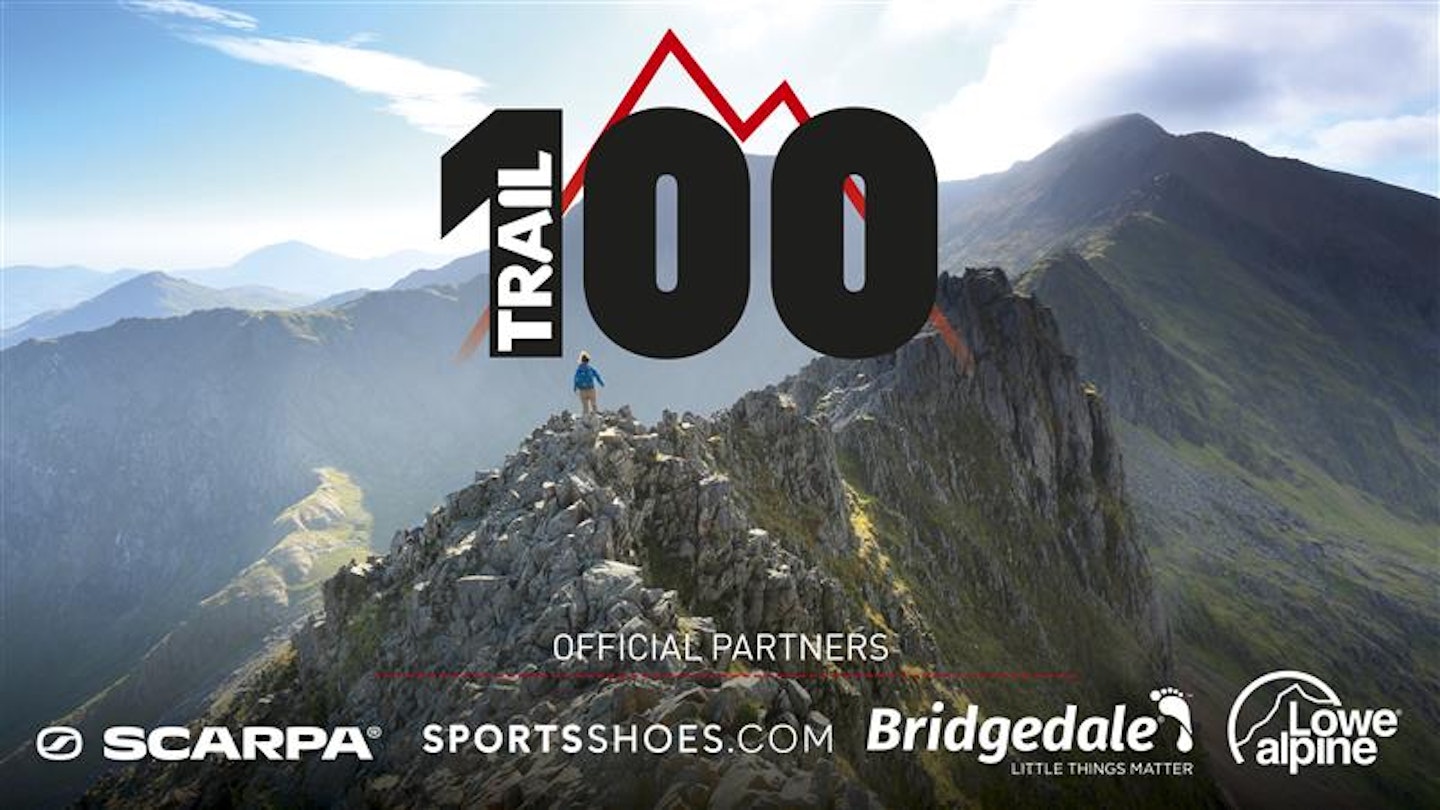“If every time you went up a mountain you got a beautiful sunset and a cloud inversion, you wouldn't be bothered about it,” says Russ Moorhouse. “They're so special because they're rare.”
And he should know. Russ has just completed a two-year-long project camping on top of 100 hills scattered across the whole of the UK. And rarely in good weather.
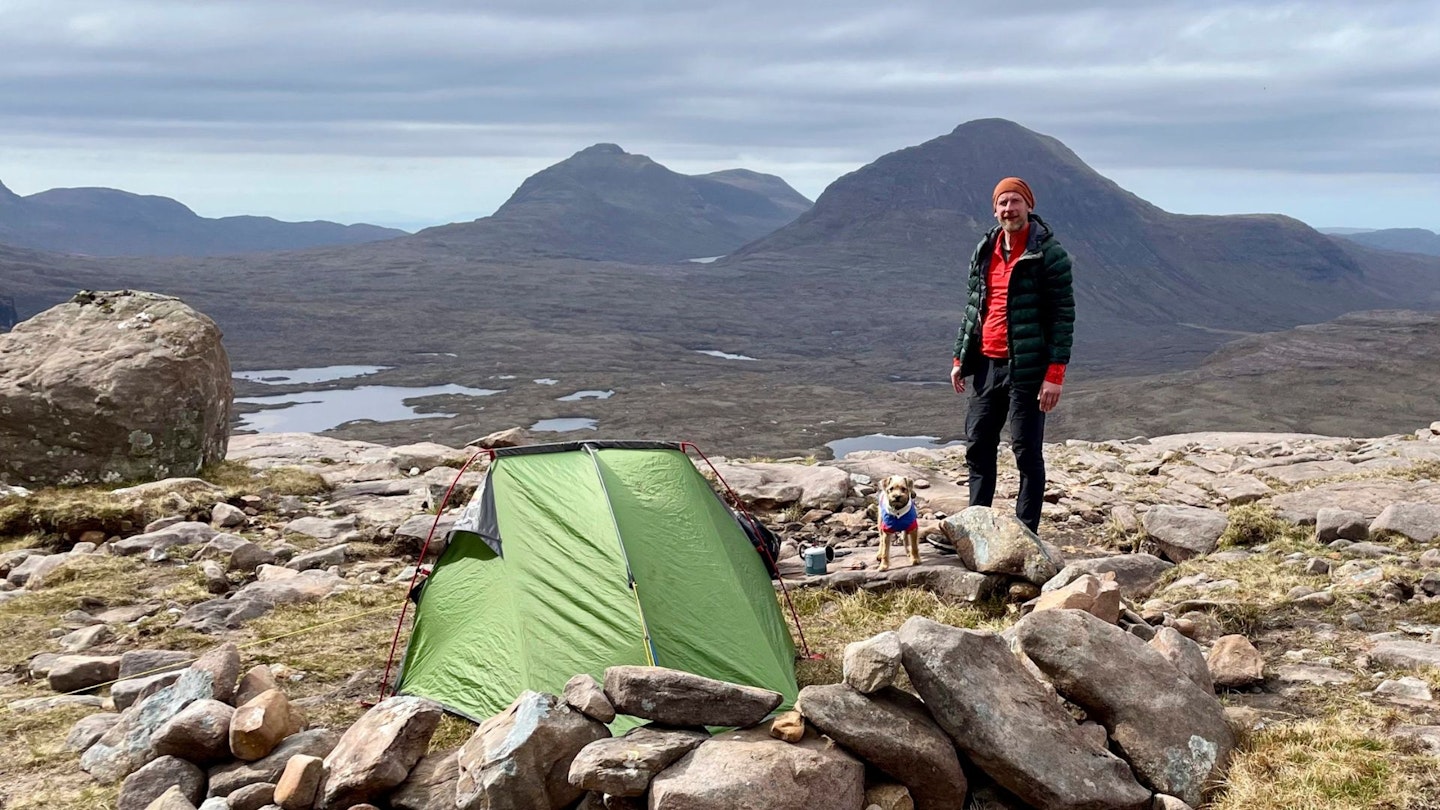
These one hundred hills were judged, way back in 2007, by the Trail magazine team to be the most beautiful, exciting, charismatic hills in the home nations, regardless of height or prominence.
As a result, it ranges from the 1245m Scottish behemoth Ben Nevis to the 320m rocky twizzle that is Roseberry Topping in the North York Moors. In between, there are island peaks, soaring ridgelines and remote promontories. Geographically in between there are, of course, thousands of miles.
In May 2022, Russ Moorhouse, having just completed a 214-day-long project to camp on top of all 214 of the Lake District’s Wainwright fells, set out on a new venture: camping on top of all the Trail 100 peaks. He’s the only person that we know of to have done so.
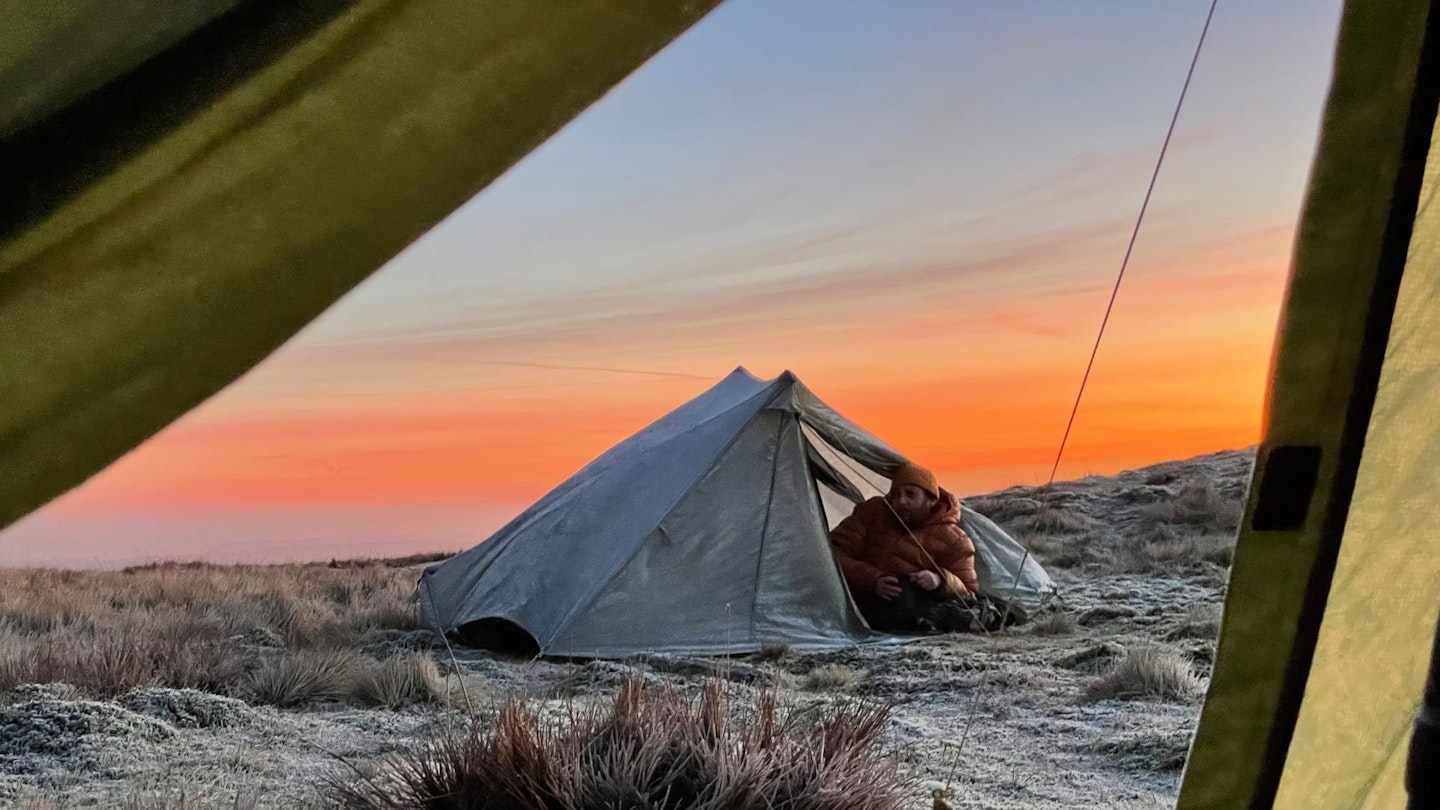
When the Trail 100 list was first devised, it wasn’t considered as a round as such, more so a bucket list of brilliant hills that every mountain lover should climb in their lifetime. Beyond the hills themselves, this would also take you on a kind of tour through the variety of upland territories in the UK.
From Assynt, where sheer-sided mountains jut suddenly out of a flat, watery landscape; to Dartmoor’s heathery plateau, grazed by free-roaming cattle and horses; to the Glyderau’s ice-shattered peaks. “I hadn't done a lot of these mountains before,” says Russ after finishing, “I don't think many people have.”
Starting out

"It gives you time to reflect, time for your brain to process everything,” says Russ. “There's a famous quote by, I think, St. Augustine, solvitur ambulando, which translates roughly as ‘There's nothing that can't be solved by a good walk’. You do a lot of philosophising, don't you? In the mountains. Getting things in order. It just makes you feel better.”
Russ first seriously turned to the hills back in early 2022, when he decided to leave his job in finance and spend a year camping on top of all the Wainwrights. He camped in snow and sunshine, gale force winds and driving rain, and prompted the setting of a new world record when 1388 people joined him to bivvy on Brock Crag above Angle Tarn. When he finished, he wasn’t done and, looking around for a new project, settled on the Trail 100s.
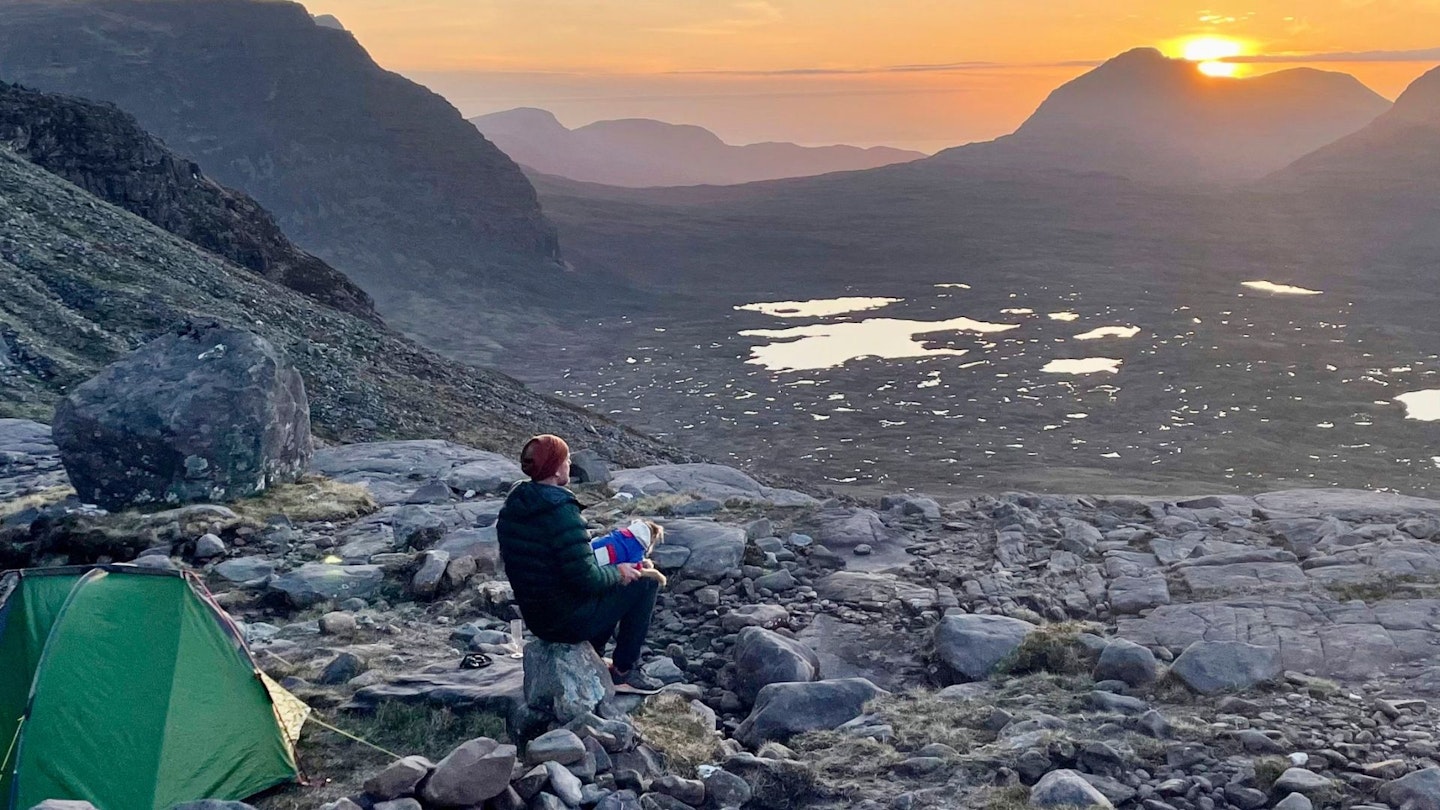
“It was hard to finish a big adventure like the Wainwrights because I'd been doing it all the time,” he recalls. “I was having an out-of-this-world time compared to the life I had been living and when it finished there was a big hole. This idea came along to fill that gap. I worked out that it would be 100 weeks, 100 mountains, 100 camps. On average, it's been one a week for just under two years.”
He also purposely dismissed any notion of speed. Because he’d committed himself to sleeping on them, there was no way of stringing the summits together in such a way that you could do multiple in one day – naps don’t count – the fastest anyone will complete this project is in 100 days.
Getting there
When doing the Wainwrights, Russ simply wrote down the names of the hills on bits of paper and then pulled one out of a yellow bag each day for 214 days. Tackling the Trail 100 though, which are scattered right across Scotland, England, Wales and Northern Ireland, rarely clustered close together, required a different approach.
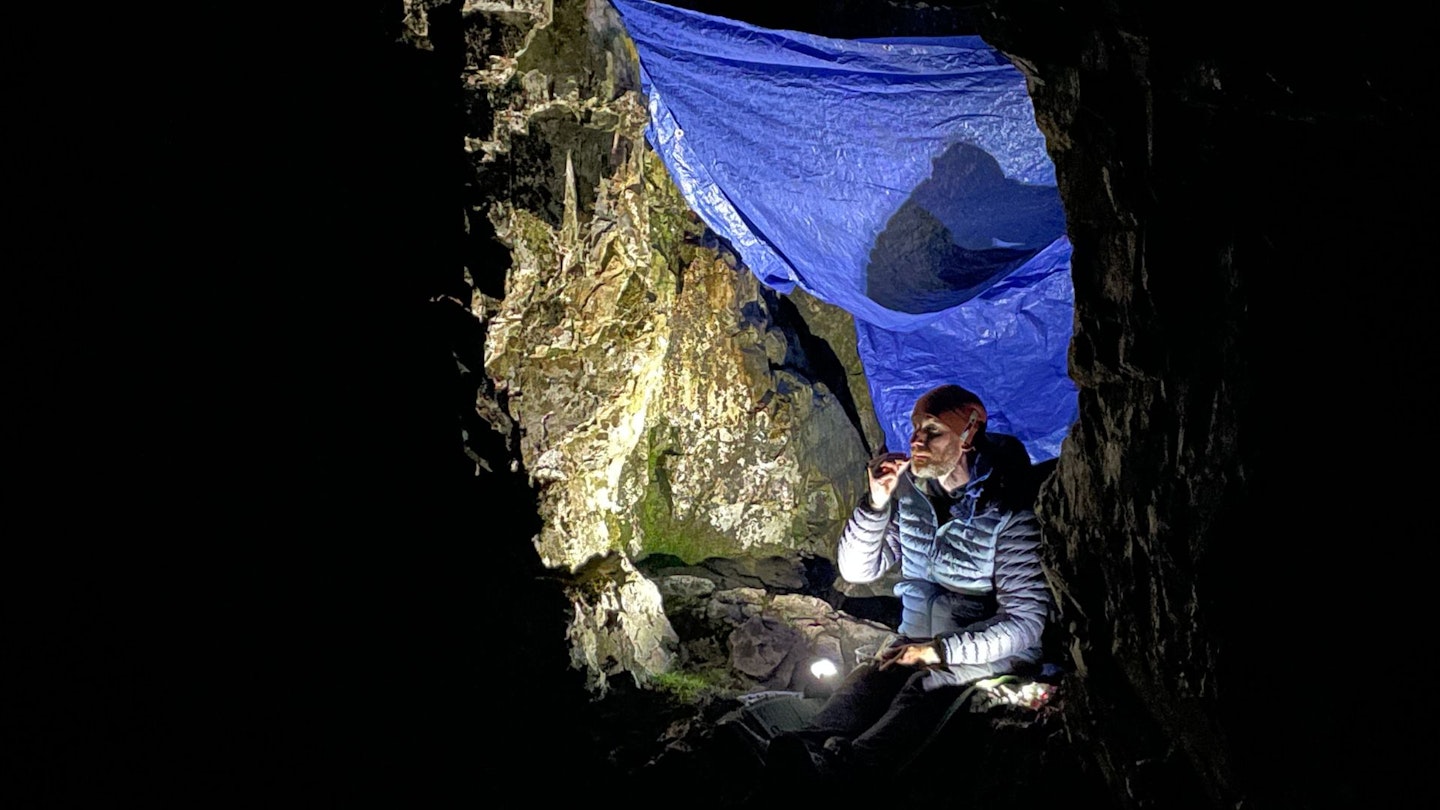
“I started trying to work from the outside in,” he says. “So I did Ben Hope, Yes Tor, Roseberry Topping, and Slieve Donard then tried to close it in a bit. I thought, ‘214 Wainwrights, 100 Trail mountains, it's pretty much the same,’ but it's not. The Trail 100 was so much harder.”
As well as all the travel between the peaks, there were also the mountains themselves – massive, distant, sometimes sheer. Only six of the Wainwrights crest 900m while about half of the Trail 100 are at or higher than this and a quarter are more than 1000m high.
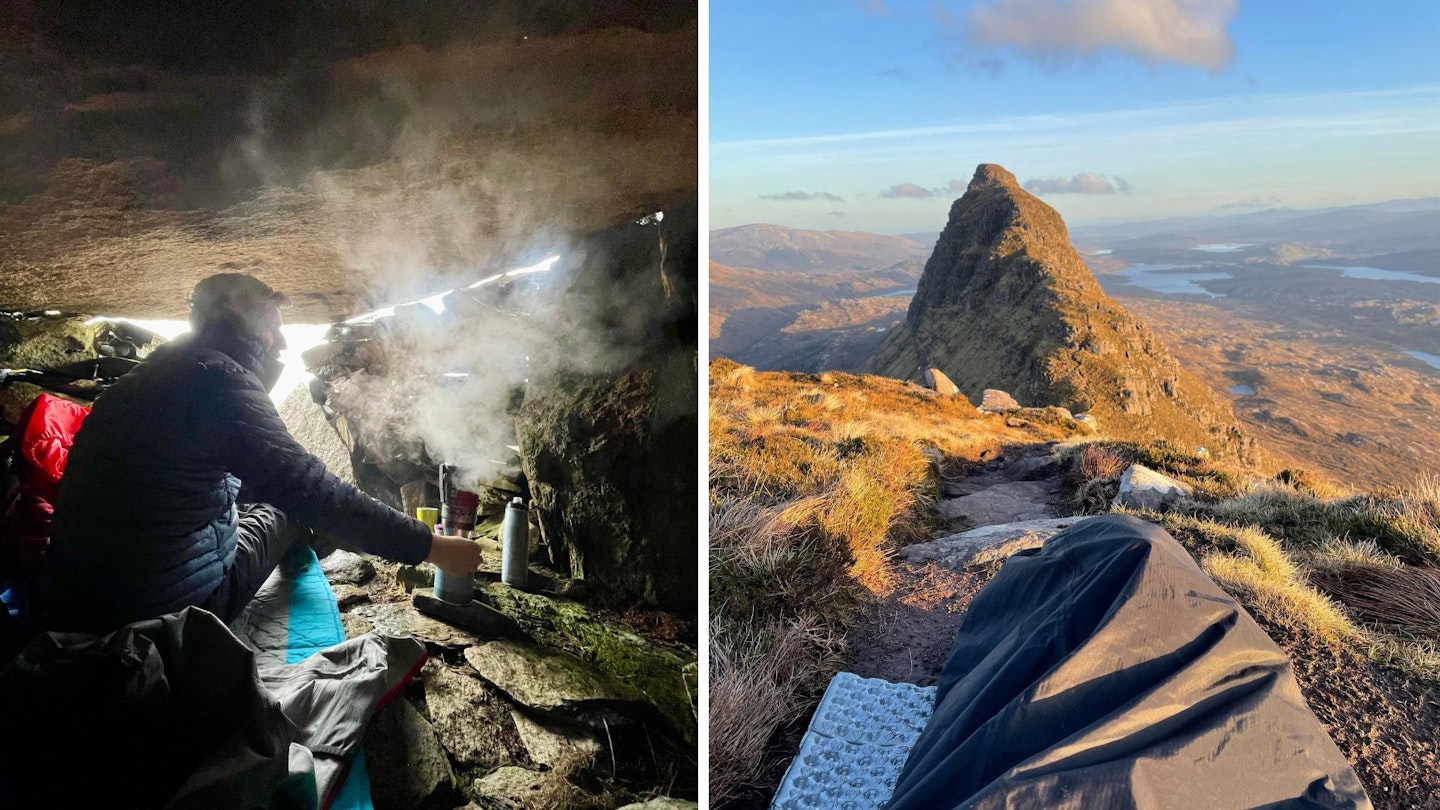
“They're all in one place and there's loads of little ones,” says Russ of the Wainwrights “Some, like Hallin Fell, are seven minutes walk from the car park to the top. Just the physicality of carrying your rucksack 1000m rather than 50m to the top of some of the Wainwrights is very tiring.”
The locations of some of these also makes even the simple question of where to lay your bivvy bag challenging. Thrill was part of the criteria that the hills were judged on, so some of the airiest, most exhilarating ridge traverses in the UK are there, including the knife edge Crib Goch, terrifyingly exposed An Teallach and three sky high promontories on Skye’s Cuillin ridge.
One of which, the Inaccessible Pinnacle, includes a breathless abseil. In that case, Russ, his daughter and their guide, tucked into a cave just under the peak for the night.
Dealing with the conditions

And then there was the weather. “There were probably more bad weather nights than good,” says Russ. “It was tough but the thing about camping on top of a mountain is that you're always tired when you get there. After a big climb, sleep comes easy.”
Crib Goch was particularly memorable. “It was raining when I set off from Pen y Pass and I thought it was going to be a typical wet day,” he says. “Just before the scramble I stopped for a coffee and started to see the sun breaking through, I continued the climb and then just burst through the top of the clouds to a blue sky. I wasn’t expecting it. A Brockenspectre moved with me all along the ridge and I found a place to bivvy probably about halfway along, with that airy feeling of being high up.”
And some were memorable for exactly the opposite reasons. “I did Helm Crag with my son and daughter on New Year's Eve,” he says, “And it just started pouring down. It was horrendous, we were awake until the early hours and headed down while it was still dark because we just got soaking wet.”
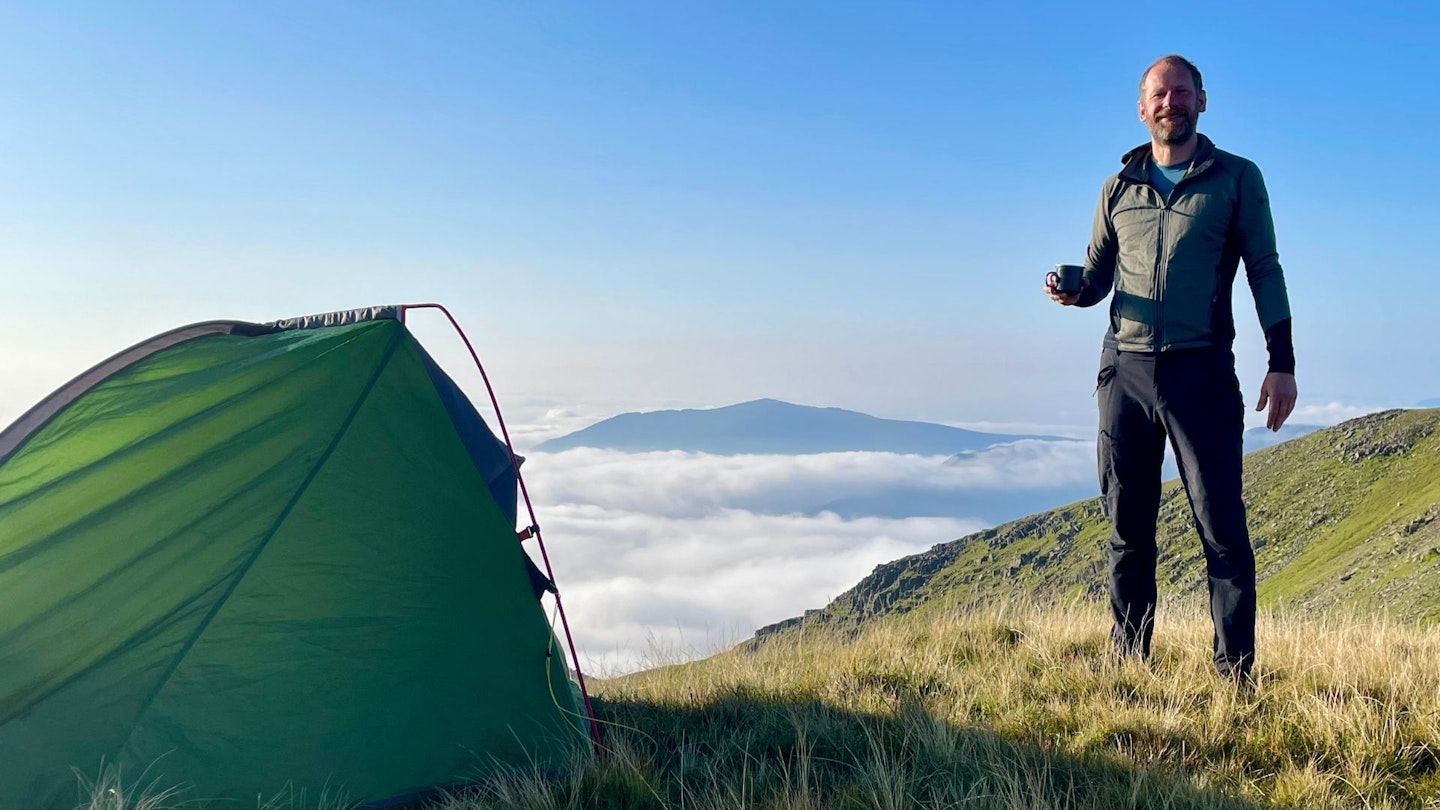
He stops short of complaining about any of them though. “They're all good, that's the thing,” he says “There's a quote, 'Comparison is the thief of joy'. There were different conditions but none of the camps were good or bad as it were. There's a deep satisfaction that you get just for putting the effort in.”
“It takes a while to settle into the evening, doesn't it” he says. “You get there, put your tent up, make a drink, and then have a moment of 'what next?' But there is no ‘what next’. That's the pleasure of it. They call it Elysian joy – a moment of pure happiness when only the present exists. You get these moments where nothing else exists other than where you are and you're loving it. But then sometimes you have moments of the opposite where everything feels hard.”
Being out there
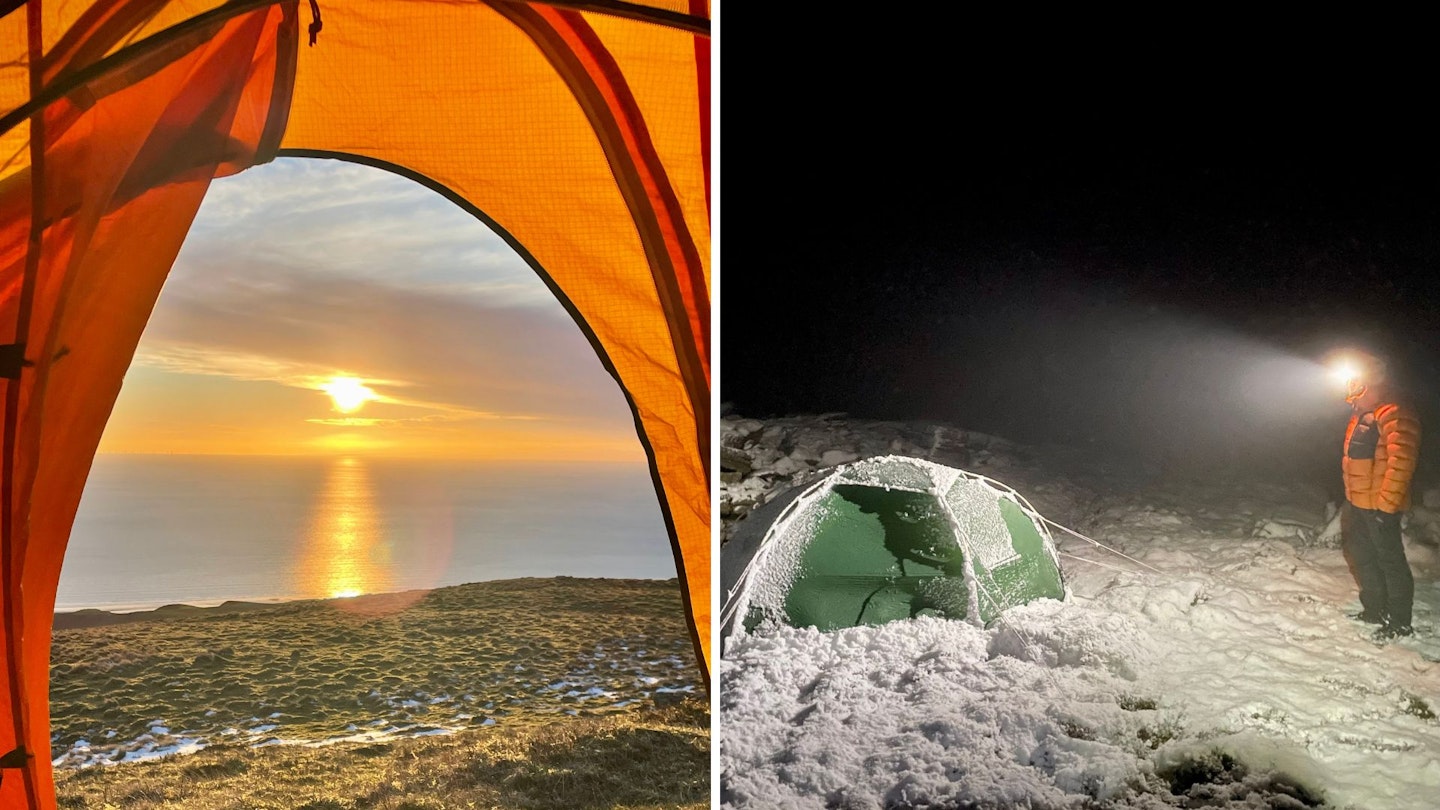
In the end, the journey became not so much about the particular summits, as the simple experience of being out in the hills. “I've done things like the West Highland Way,” he says, “but if I know where the end is then I often find myself dragged towards it whereas when you do loads of individual mountains it's more like pottering about outside, which is what I enjoy more.”
Though there was an end to the project, there wasn’t a particular route, just a selection of hills that he could visit according to whim and weather. And by committing to spending a night on them, he got to experience each hill with more peace, time and intimacy than you’d usually get just by walking up.
“That's the nice bit, when you change from being a hiker to a camper,” he says. “When you sit in your tent and take your boots off, you cross that threshold. You become more vulnerable just in your socks or your bare feet inside the tent, like you've suddenly cut adrift from everything else. I love that feeling.”
Finishing up
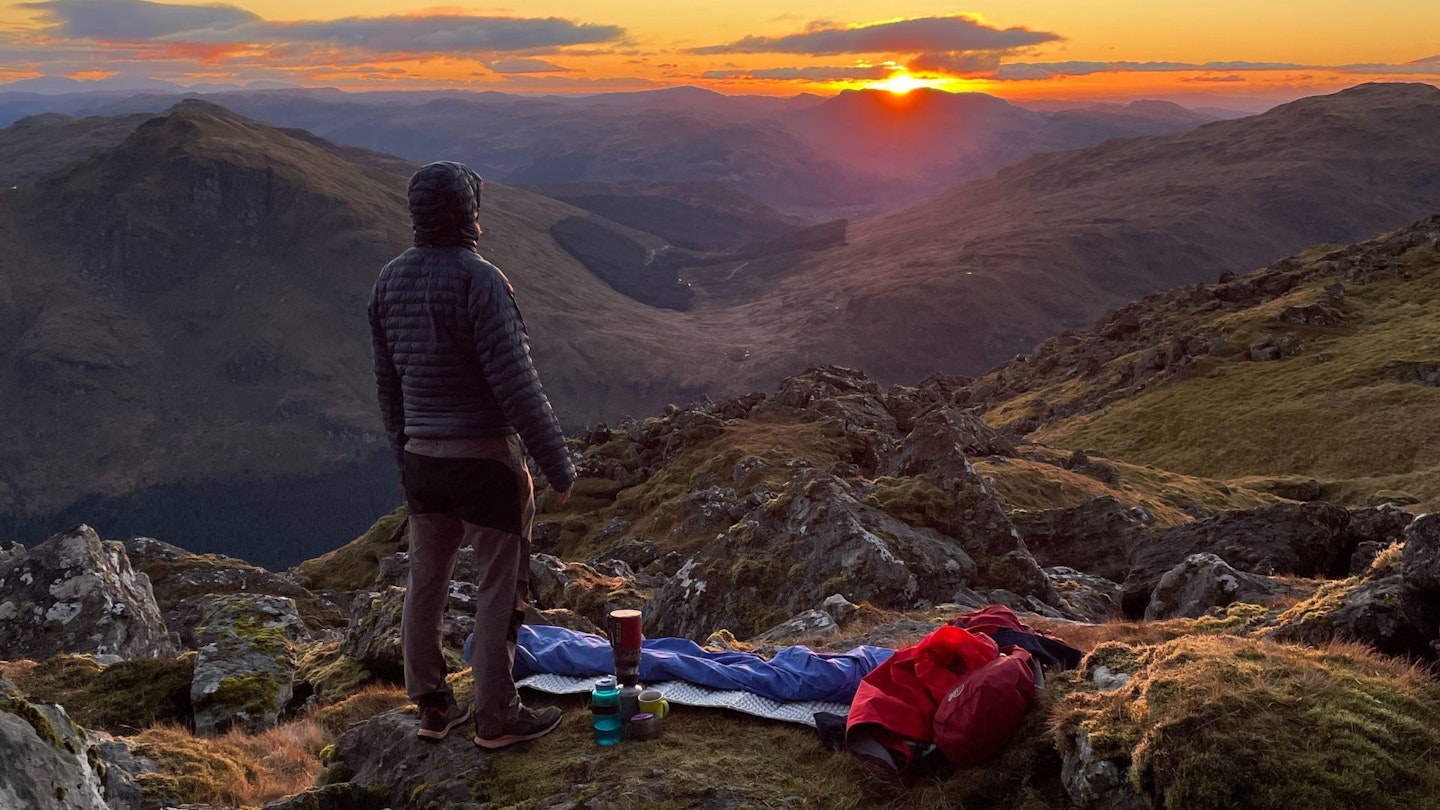
So what comes next? According to Russ, blissful nothing. “I'm happy that I've finished it,” he says. “What I don't want to do is sign myself up for another big thing. I'll still be going camping but I live in the Lakes now so I plan on spending more time doing it as and when rather than making my way through a big tick list.”
And any advice for anyone else with restless feet? “Go and do it,” he says. “It can be small and you don’t need loads of kit. All you need is four things really: your rucksack, a sleeping mat, a sleeping bag, and your tent. Everything else you can figure out. It's just about being in the mountains, being outside.”
Take the challenge
Tempted by the Trail 100? There’s no set way to do it – you can walk, run, camp, even bike them. Find the list at livefortheoutdoors.com/trail-100
